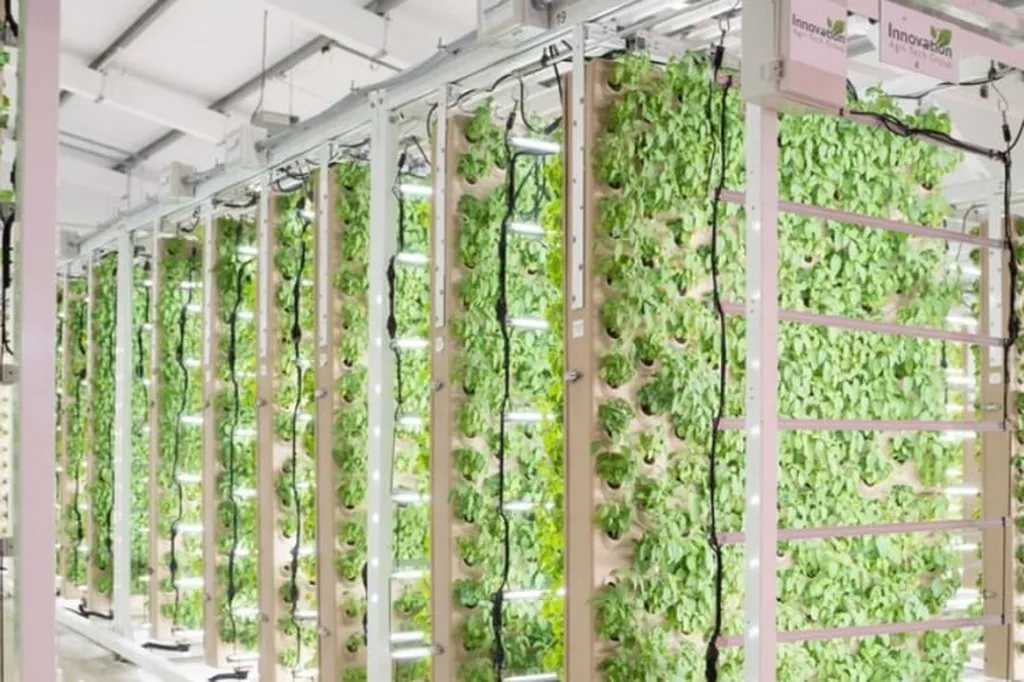In the rapidly evolving world of agriculture, vertical farming (VF) and controlled environment agriculture (CEA) are gaining traction as sustainable and efficient alternatives to traditional farming methods. A recent study published in *Frontiers in Plant Science* sheds light on the intricate interplay of plant biology and technology in these systems, offering insights that could revolutionize the way we grow crops. Led by Paul P. G. Gauthier from The University of Queensland, the research underscores the importance of a multi-discipline approach to optimizing plant growth in indoor environments.
Vertical farming, with its promise of year-round crop production and minimal environmental impact, has captured the imagination of entrepreneurs and scientists alike. However, the success of these systems hinges on a deep understanding of plant biology and the ability to manipulate various environmental factors to enhance growth and yield. The study highlights the critical role of nutrient use efficiency (NUE), light spectrum management, and plant-microbe interactions in achieving these goals.
One of the key findings of the research is the significance of nitrogen and phosphorus cycling in vertical farming systems. “Efficient nutrient management is crucial for sustainable and profitable vertical farming,” Gauthier explains. “By understanding and optimizing these cycles, we can reduce input costs and minimize environmental impact, making vertical farming a more viable option for large-scale agriculture.”
The study also emphasizes the importance of tailoring light spectra to the specific needs of different crops. “Light is a fundamental driver of plant growth, and managing its spectrum can significantly enhance photosynthesis and overall plant health,” Gauthier notes. This finding has profound implications for the design and operation of vertical farms, as it suggests that fine-tuning light conditions can lead to substantial improvements in crop yield and quality.
Moreover, the research delves into the complex interactions between plants and microbes in controlled environments. “Harnessing beneficial plant-microbe interactions can enhance nutrient uptake, improve stress resilience, and promote overall plant health,” Gauthier says. This insight opens up new avenues for innovation in vertical farming, as scientists and engineers explore ways to integrate microbial communities into these systems.
The commercial implications of this research are vast. As the agriculture sector grapples with the challenges of climate change, resource depletion, and a growing global population, vertical farming offers a promising solution. By optimizing nutrient use, light management, and plant-microbe interactions, farmers can achieve higher yields, reduce costs, and minimize their environmental footprint. This study, published in *Frontiers in Plant Science* and led by Gauthier from The University of Queensland, provides a roadmap for achieving these goals, paving the way for a more sustainable and efficient future for agriculture.
As the field of vertical farming continues to evolve, the insights gleaned from this research will undoubtedly shape its trajectory. By embracing a multi-discipline approach that integrates plant biology, engineering, and technology, the agriculture sector can unlock the full potential of controlled environment agriculture and meet the challenges of the 21st century head-on.

